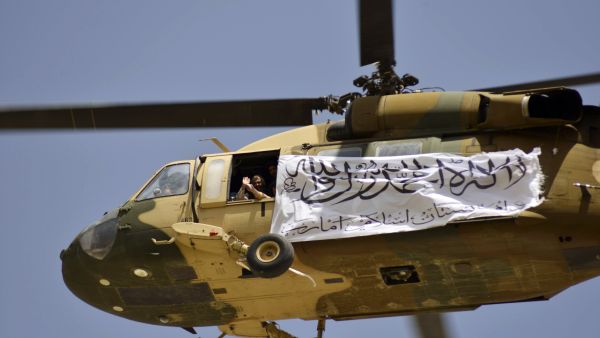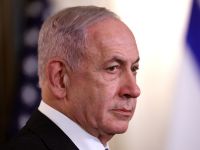By Camille Arquette
On August 15, the Taliban captured Afghanistan’s major cities, including the capital city, Kabul. This invasion was quite surprising given the ease at which the terrorist organization gained control of the U.S. military apparatus and critical institutions. Indeed, the U.S-trained Afghan military and the Western-backed president stepped down without a fight, peacefully transferring power to the Taliban. Now, with a new power in place, the dream of peace and democracy is further away than anticipated.
In 2001, as part of the U.S’ War on Terror, military personnel managed to topple the unstable, undemocratic government in power, creating a foundation for democracy and stability. Now, however, Western forces announced their withdrawal from Afghanistan, sparking both relief and outrage.
Indeed, the swift withdrawal of Western troops is sure to create a vacuum, allowing other, more malicious, forces to take its place.
Despite the Taliban pledging not to allow Afghanistan to become a playground for other terrorist organizations, questions of concern are already rising on how the malicious entity will govern the country.
The Afghanistan War
Following the infamous 9/11 attack on the World Trade Center in New York, which killed around 3,000 people, the U.S. entered Afghanistan as part of its ‘War on Terror’. In an effort to instill democracy and stability, the U.S. took it upon itself to combat terrorist organizations like Al-Qaeda and ISIS, to prevent such a horrific event from occurring again.
Osama Bin Laden, the former leader of al-Qaeda and mastermind behind the 9/11 attack, operated in Afghanistan and under the protection of the Taliban, who had been in power since 1996. After the U.S. requested to hand over Bin Laden, the Taliban refused, sparking a military operation.
As the U.S. succeeded in overthrowing the Taliban, a new Western-backed Afghan government was formed in 2004. This, however, did not stop the Taliban, as it slipped away and later regrouped to continue its deadly and precisely planned attacks.
In 2009, President Barack Obama’s “troop surge” managed to push back against the Taliban but this did not last long. NATO’s international forces ended their combat mission in 2014, which left the security responsibility to the Afghan army and other Western forces. This withdrawal was marked as the bloodiest year since 2001. Indeed, this move gave the Taliban an increased drive to conquer territory.
Peace talks between the Taliban and the U.S. started without the Afghan government being involved, the withdrawal agreement came in February 2020 in Qatar. Despite the deal between the U.S. government and the Taliban the attacks did not cease, instead, it shifted its focus to the Afghan security forces, civilians as well as targeted assassinations as they enlarged their areas of control.
The Human Rights Issue
When the Taliban first controlled Afghanistan between 1996 and 2001, the militant group had supported punishments that were in line with their own strict and somewhat extreme interpretation of Islam’s legal system. Men had to grow beards to a certain length and women had to wear the full coverage burqa. Girls, who were 10 years or older, were also not allowed to go to school.
Zabihulla Mujahid, a spokesman for the Taliban, in the group’s first conference said that women will be allowed to work but did not release substantial details on other rules and restrictions. Fear amongst human rights groups is ever present as the freedom for women fades away.
In an attempt to sway the minds and win the hearts of Afghans as well as the international community, the Taliban said that it wanted women to join its government as they declared general amnesty across Afghanistan. The message has been received with mixed emotions, with most believing it is a PR statement.
What the Taliban Rule Means for The Middle East
A cloud of uncertainty is looming over Afghanistan. Fears of human rights abuses and the country’s vast land being used as a playground for terrorism are ever-present. But, while the Taliban insists that it will prevent Afghanistan from being used as a base for other terrorist groups, it is hard to believe.
The group insists that their only aim is to implement an Islamic government and will not be a threat to other countries in the region. It is important to note that the Taliban is not a centralized force, this means a conflict of interest, whereby some leaders may want to stir up trouble with the West, while some will avoid breaking their ties with the terrorist group Al Qaeda.
Indeed, the U.S. withdrawal from Afghanistan is one that is particularly alarming to regional stability. A new playground, fit for multiple terrorist organizations, has now been established. With a rising threat, it is imperative for those in the region to remain on high alert.
Camille Arquette is a Paris-based researcher and consultant specializing in international terrorism and Middle East affairs.
The views expressed in this article do not necessarily reflect those of Al Bawaba News.










